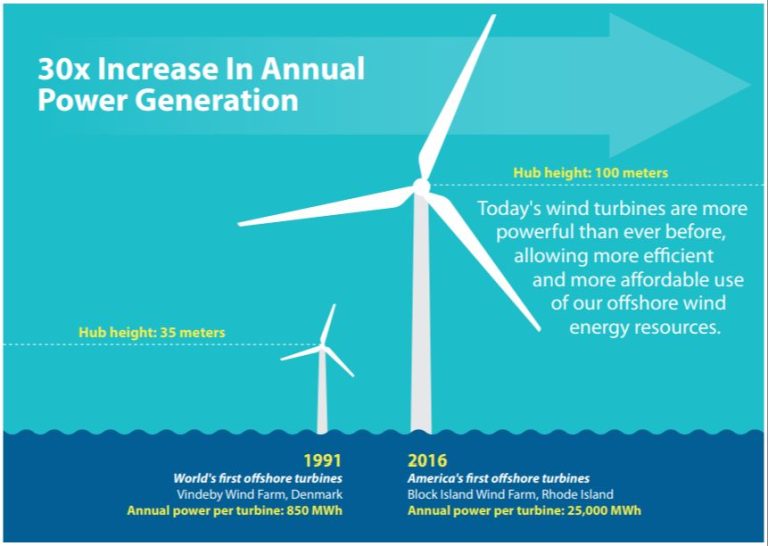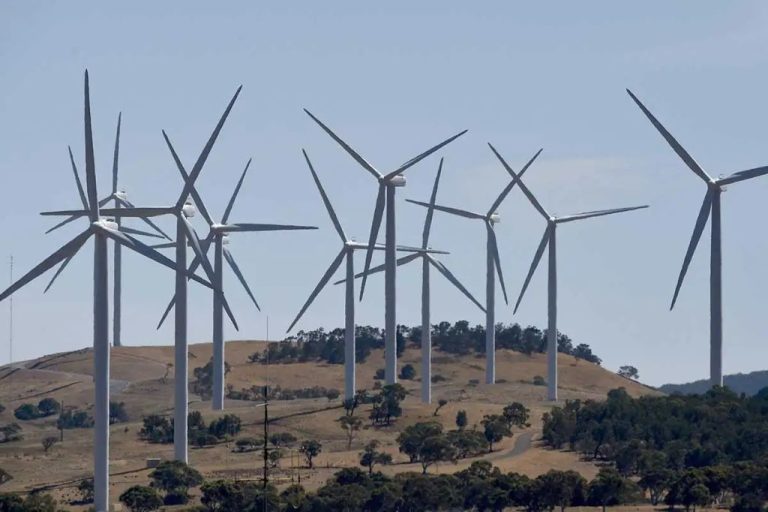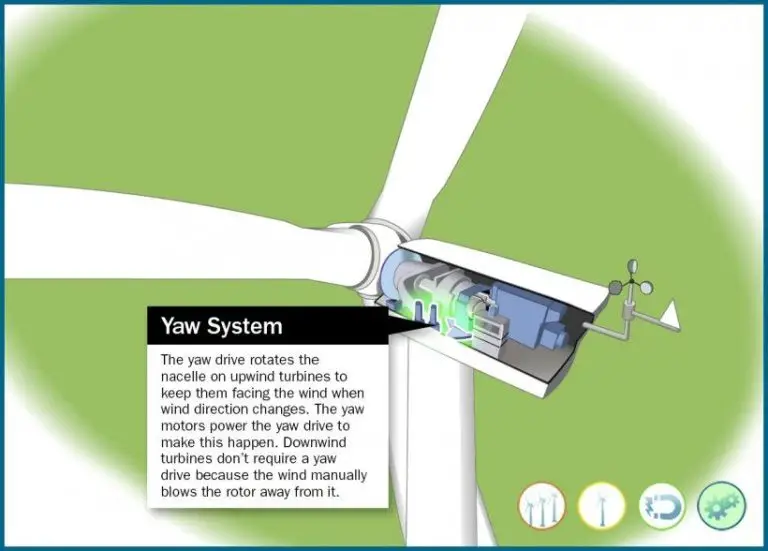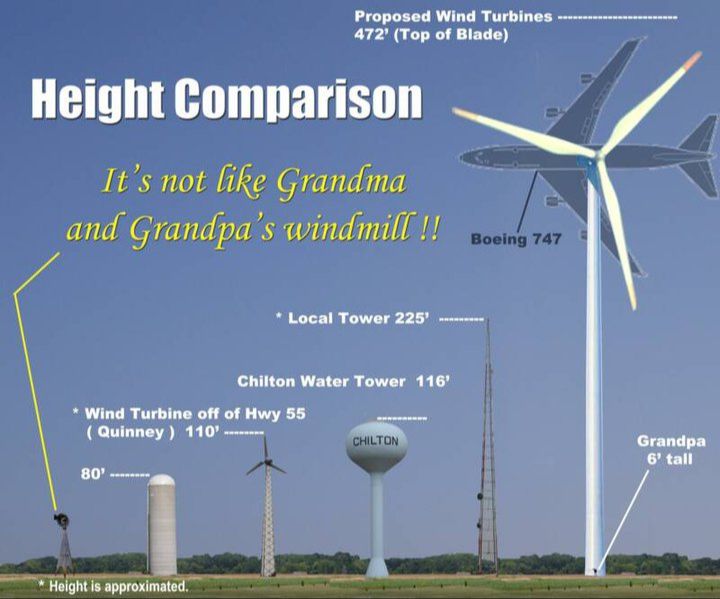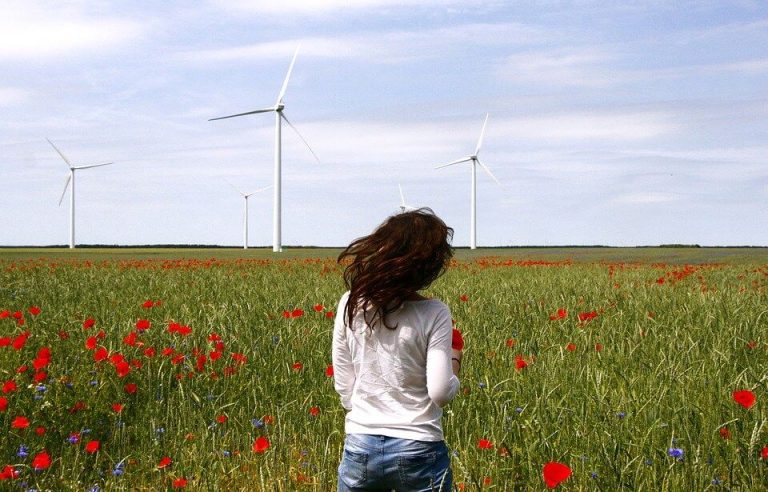What Power Is Available From The Wind?
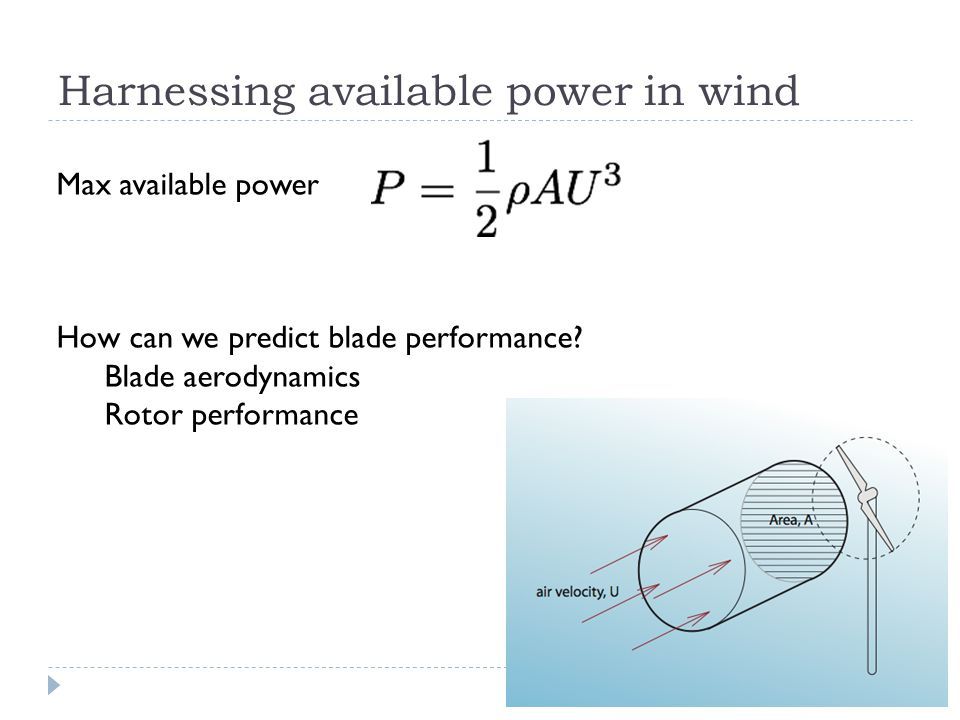
Wind power is electricity generated from wind turbines that convert kinetic energy from the wind into mechanical power. Wind is a renewable energy source that produces no carbon emissions during operation.
Global installed wind power capacity reached over 906 gigawatts (GW) in 2022, up from 837 GW in 2021 (Global Wind Report 2023). Wind power meets more than 6% of global electricity demand.
Renewable energy sources like wind and solar are becoming increasingly important to combat climate change and reduce carbon emissions from fossil fuels. Expanding wind power capacity allows countries to generate larger shares of clean electricity.
Wind Power Basics
Wind turbines operate on a simple principle: instead of using electricity to make wind—like a fan—wind turbines use wind to make electricity. Wind turns the propeller-like blades of a turbine around a rotor. The rotor is connected to the main shaft, which spins a generator to create electricity (Department of Energy, 2023).
As the wind blows, it pushes the blades of the wind turbine, causing them to rotate. The blades are connected to a drive shaft inside the head of the wind turbine that turns with the blades. The drive shaft connects to a gear box which increases the rotational speed from about 30 to 60 rotations per minute to about 1000 to 1800 rpm, the rotational speed required by most generators to produce electricity. The shaft coming from the gear box goes into a generator where magnetic fields interact with coils to produce alternating current electricity (National Grid, 2023).
Most wind turbines have three propeller-like blades that face into or away from the wind. The blades are mounted on a hub, which is connected to a main shaft that turns a generator to produce electricity. The turbines sit high atop towers so they can take advantage of faster and less turbulent wind. Wind directions change constantly and turbines are mounted on a yaw mechanism that keeps them facing into the wind (Department of Energy, 2023).
Global Wind Power Capacity
Global installed wind power capacity reached over 837 GW by the end of 2021, led by Asia with 384 GW and Europe with 259 GW (International Renewable Energy Agency, 2022). China has the highest installed capacity at over 328 GW, accounting for 39% of the global total (IRENA, 2022). The United States ranks second with over 132 GW. Other top countries include Germany, India, Spain, the UK, France, Brazil, Sweden, and Canada (Wikipedia, 2023).
Global wind power capacity increased at an average annual growth rate of 15% from 2010-2020 (IRENA, 2022). Growth is expected to continue, with total installed capacity projected to reach over 2,400 GW by 2030 (IRENA, 2021). Key growth markets include China, the United States, India, and Germany. Offshore wind is also rapidly expanding, led by China, the UK, Germany, and other European countries.
Potential for Growth
Wind power has significant remaining untapped potential. According to the U.S. Department of Energy, wind power could potentially supply up to 10 times total current global electricity production (https://www.energy.gov/map-projected-growth-wind-industry-now-until-2050). Many experts project rapid growth in wind power capacity over the next few decades. The International Energy Agency forecasts global onshore wind additions increasing from 74 GW in 2021 to 109 GW in 2027 (https://www.iea.org/energy-system/renewables/wind). The U.S. Department of Energy expects strong growth in the U.S. wind sector as well, with average wind turbine capacity continuing to increase through technological improvements.
Economic Benefits
Wind energy projects provide significant economic benefits to communities and regions where they are located. According to the U.S. Department of Energy’s WINDExchange initiative, wind projects attract private investment, generate new tax revenue, and create jobs during project development, construction, operation, and maintenance (https://windexchange.energy.gov/projects/economics).
During construction, hundreds of workers are employed to pour foundations, install turbines, and build access roads and utility infrastructure. Once operational, wind projects create permanent long-term jobs for maintenance technicians, operators, and management positions. One estimate found that land-based wind projects created 1.15 full-time equivalent jobs for each megawatt of capacity installed in the United States in 2019 (https://windexchange.energy.gov/projects/economic-impacts).
Wind energy projects also generate new tax revenue for local communities in the form of property taxes and land lease payments to landowners who host turbines on their land. The additional income for farmers, ranchers, and rural communities helps strengthen local economies. According to the New York State Energy Research and Development Authority (NYSERDA), lease payments range from $8,000 to $10,000 per megawatt of capacity, providing ranchers and farmers with a drought-resistant cash crop (https://www.nyserda.ny.gov/-/media/Project/Nyserda/Files/Publications/Research/Biomass-Solar-Wind/NY-Wind-Energy-Guide-7.pdf).
In addition to creating jobs and generating revenue during construction and operation, wind projects provide long-term savings once the project cost is recouped. Wind energy has no fuel cost, giving it a long-term price stability advantage over fossil fuels. This helps reduce electricity prices and shields ratepayers from the volatility of natural gas and other fuel prices.
Environmental Benefits
One of the biggest environmental benefits of wind power is reduced carbon emissions. Wind turbines produce energy without emitting greenhouse gases like carbon dioxide or other pollutants. By replacing electricity from fossil fuel sources, wind energy can lead to an overall reduction in carbon emissions and improved air quality 1. This makes wind a much cleaner source of energy.
Wind is also a renewable energy source, meaning it can be replenished naturally. The wind itself will never run out. This makes wind power more sustainable than burning finite fossil fuels. Wind energy helps move society away from dependence on coal, oil, and natural gas – resources that will eventually be depleted. Adopting more wind power is an investment in long-term environmental sustainability.
In summary, wind energy delivers major environmental benefits through reduced emissions, clean power generation, and sustainability. Utilizing this abundant renewable resource can lead to cleaner air, a stable climate, and a greener future.
Limitations and Challenges
While wind power offers many advantages, it also comes with some limitations and challenges that need to be addressed. One major challenge is intermittency – wind speeds fluctuate naturally and are not consistent over time. This can make wind an unpredictable energy source. Wind farms are also constrained by location – they need to be sited in windy areas near transmission infrastructure, which are not available everywhere. Lastly, the upfront costs of constructing large-scale wind farms can be substantial. The turbines, land, and grid connections all require major capital investments.
Despite these limitations, researchers and industry are working to tackle the challenges. Methods like improved forecasting and integrating wind with storage and transmission are helping to mitigate intermittency issues. Costs are declining as technology improves, and many policy incentives exist to encourage growth of wind power. Overall the advantages appear to outweigh the limitations, evidenced by the rapid growth of wind energy generation globally.
Improving Technology
Wind power technology has advanced significantly in recent years to enable access to higher wind resources and increased energy production. Some key innovations include larger wind turbines, floating offshore wind platforms, and advanced weather forecasting tools.
Larger wind turbines are key for accessing stronger and more consistent winds at higher altitudes. According to the U.S. Department of Energy, wind turbines have more than doubled in size in the past two decades, enabling access to stronger winds and generating more electricity at lower costs. New tower heights of over 100 meters and blade lengths up to 90 meters can capture faster, steadier winds.
Floating offshore wind platforms allow wind farms to be placed further offshore in deeper waters with stronger and more consistent winds. Floating foundations are becoming a major focus for offshore wind growth, with multiple demonstration projects underway. According to the National Renewable Energy Lab, floating platforms could unlock an additional 7800 GW of offshore wind potential in the U.S. by 2050, 4 times more than fixed-bottom offshore wind.
Advanced weather forecasting, turbine controls, and satellite monitoring are improving the performance, reliability and optimization of wind farms. Accurate forecasting of wind speeds 1-3 days in advance enables grid integration and scheduling of wind energy production. New lidar sensors mounted on turbines also help maximize power production by continually sensing oncoming winds.
Policy Support
Government policies and incentives have been crucial for supporting the growth of wind power. According to the U.S. Department of Energy’s WINDExchange, wind energy ordinances adopted by local governments are one of the best ways to identify conditions for wind power at the local level (https://windexchange.energy.gov/policies-incentives). The federal government also uses subsidies and incentives like grants, tax credits, and loan guarantees to stimulate wind power deployment.
A 2015 report from the National Renewable Energy Laboratory outlined best practices for policies that enable wind power growth, including renewable electricity standards, feed-in tariffs, interconnection standards, and net metering (https://www.nrel.gov/docs/fy15osti/64177.pdf). The report found that setting minimum targets for renewable energy generation is one of the most effective ways to drive wind power deployment. Subsidies like the federal Investment Tax Credit have also played a major role in supporting wind power projects (https://windexchange.energy.gov/projects/incentives).
Future Outlook
The future prospects for wind power capacity look very promising. Global wind power capacity has increased rapidly over the past decade, with total worldwide capacity reaching over 743 gigawatts (GW) by the end of 2020 (https://www.energy.gov/eere/wind/wind-vision). Many experts project continued strong growth in wind power capacity in the coming years and decades. According to projections by the International Energy Agency (IEA), global wind capacity could reach around 1,000 GW by 2025 and over 4,000 GW by 2040 under their Sustainable Development Scenario (https://www.iea.org/reports/renewables-2020).
Offshore wind in particular holds enormous untapped potential. Although offshore wind currently accounts for only around 1% of total wind capacity, costs have fallen dramatically in recent years making large-scale expansion feasible. The IEA projects offshore wind capacity to increase 15-fold reaching around 230 GW by 2030 and 1,000 GW by 2040 if growth targets are met. With abundant wind resources available in coastal regions, offshore wind can provide clean renewable energy to densely populated areas (https://www.trccompanies.com/insights/the-future-of-onshore-wind-energy/).
Wind power is expected to play a major role in the global energy transition and reducing carbon emissions. Under the IEA’s Sustainable Development Scenario, wind would supply around 18% of global electricity by 2040. With continuing technology improvements and reductions in cost, wind power is poised to become one of the primary sources of renewable energy worldwide.

